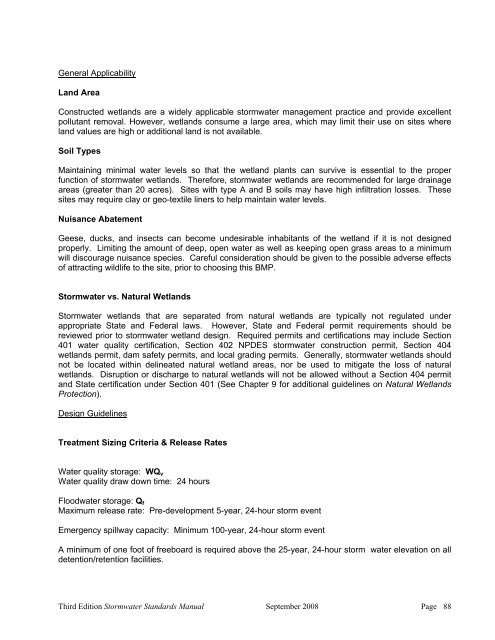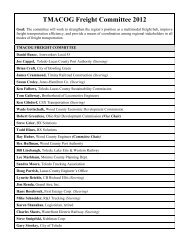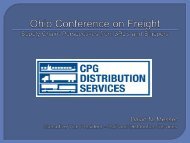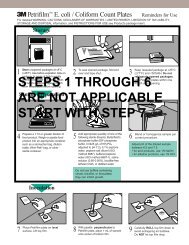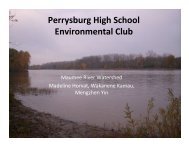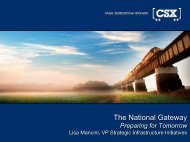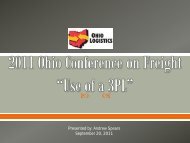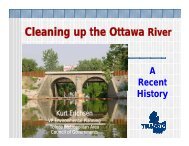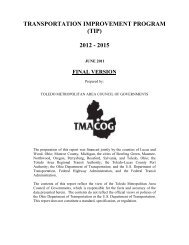Stormwater Management Standards Manual - Toledo Metropolitan ...
Stormwater Management Standards Manual - Toledo Metropolitan ...
Stormwater Management Standards Manual - Toledo Metropolitan ...
Create successful ePaper yourself
Turn your PDF publications into a flip-book with our unique Google optimized e-Paper software.
General Applicability<br />
Land Area<br />
Constructed wetlands are a widely applicable stormwater management practice and provide excellent<br />
pollutant removal. However, wetlands consume a large area, which may limit their use on sites where<br />
land values are high or additional land is not available.<br />
Soil Types<br />
Maintaining minimal water levels so that the wetland plants can survive is essential to the proper<br />
function of stormwater wetlands. Therefore, stormwater wetlands are recommended for large drainage<br />
areas (greater than 20 acres). Sites with type A and B soils may have high infiltration losses. These<br />
sites may require clay or geo-textile liners to help maintain water levels.<br />
Nuisance Abatement<br />
Geese, ducks, and insects can become undesirable inhabitants of the wetland if it is not designed<br />
properly. Limiting the amount of deep, open water as well as keeping open grass areas to a minimum<br />
will discourage nuisance species. Careful consideration should be given to the possible adverse effects<br />
of attracting wildlife to the site, prior to choosing this BMP.<br />
<strong>Stormwater</strong> vs. Natural Wetlands<br />
<strong>Stormwater</strong> wetlands that are separated from natural wetlands are typically not regulated under<br />
appropriate State and Federal laws. However, State and Federal permit requirements should be<br />
reviewed prior to stormwater wetland design. Required permits and certifications may include Section<br />
401 water quality certification, Section 402 NPDES stormwater construction permit, Section 404<br />
wetlands permit, dam safety permits, and local grading permits. Generally, stormwater wetlands should<br />
not be located within delineated natural wetland areas, nor be used to mitigate the loss of natural<br />
wetlands. Disruption or discharge to natural wetlands will not be allowed without a Section 404 permit<br />
and State certification under Section 401 (See Chapter 9 for additional guidelines on Natural Wetlands<br />
Protection).<br />
Design Guidelines<br />
Treatment Sizing Criteria & Release Rates<br />
Water quality storage: WQ v<br />
Water quality draw down time: 24 hours<br />
Floodwater storage: Q f<br />
Maximum release rate: Pre-development 5-year, 24-hour storm event<br />
Emergency spillway capacity: Minimum 100-year, 24-hour storm event<br />
A minimum of one foot of freeboard is required above the 25-year, 24-hour storm water elevation on all<br />
detention/retention facilities.<br />
Third Edition <strong>Stormwater</strong> <strong>Standards</strong> <strong>Manual</strong> September 2008 Page 88


